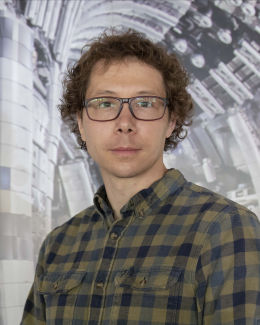Abstract
Identification of the mechanisms for the H-mode density limit in machines with fully metallic walls, and their scaling to future devices is essential to find for these machines the optimal operational boundaries with the highest attainable density and confinement. Systematic investigations of H-mode density limit plasmas in experiments with deuterium external gas fuelling have been performed on machines with fully metallic walls, JET and AUG and results have been compared with one another.
Basically, the operation phases are identical for both tokamaks: the stable H-mode phase, degrading H-mode phase, breakdown of the H-mode with energy confinement deterioration usually accompanied by a dithering cycling phase, followed by the l-mode phase. The observed H-mode density limit on both machines is found close to the Greenwald limit (n/nGW = 0.8–1.1 in the observed magnetic configurations). The similar behavior of the radiation on both tokamaks demonstrates that the density limit (DL) is neither related to additional energy losses from the confined region by radiation, nor to an inward collapse of the hot discharge core induced by overcooling of the plasma periphery by radiation.
It was observed on both machines that detachment, as well as the X-point MARFE itself, does not trigger a transition in the confinement regime and thus does not present a limit on the plasma density. It is the plasma confinement, most likely determined by edge parameters, which is ultimately responsible for the transition from H- to l-mode.
The measured Greenwald fractions are found to be consistent with the predictions from different theoretical models [16], [30] based on MHD instability theory in the near-SOL.


